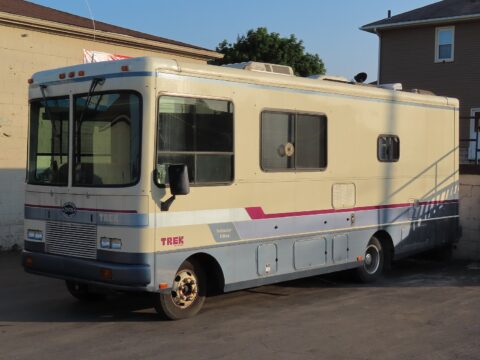When it comes to choosing between automatic and manual transmissions, there’s no shortage of opinions and advice. However, not everything you hear is true. This article will debunk 17 common myths and misconceptions about these two types of transmissions, helping you make a more informed decision.
Contents
Automatic Transmissions Are Always Easier to Drive
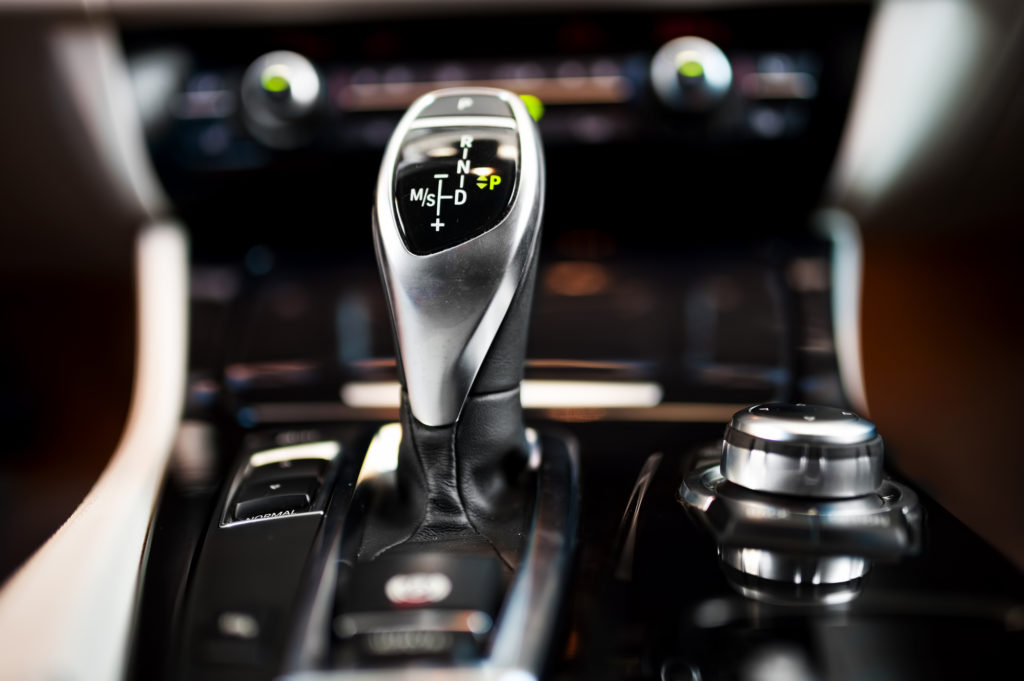
The perception that automatic transmissions are inherently easier to drive isn’t universal. Some drivers find that manual transmissions offer more precise control, especially in challenging driving conditions like snow or mud. Additionally, manuals allow for engine braking, which is particularly useful on steep descents. Ease of driving is subjective and largely depends on a driver’s experience and personal preference.
Manuals Are Always Cheaper to Buy
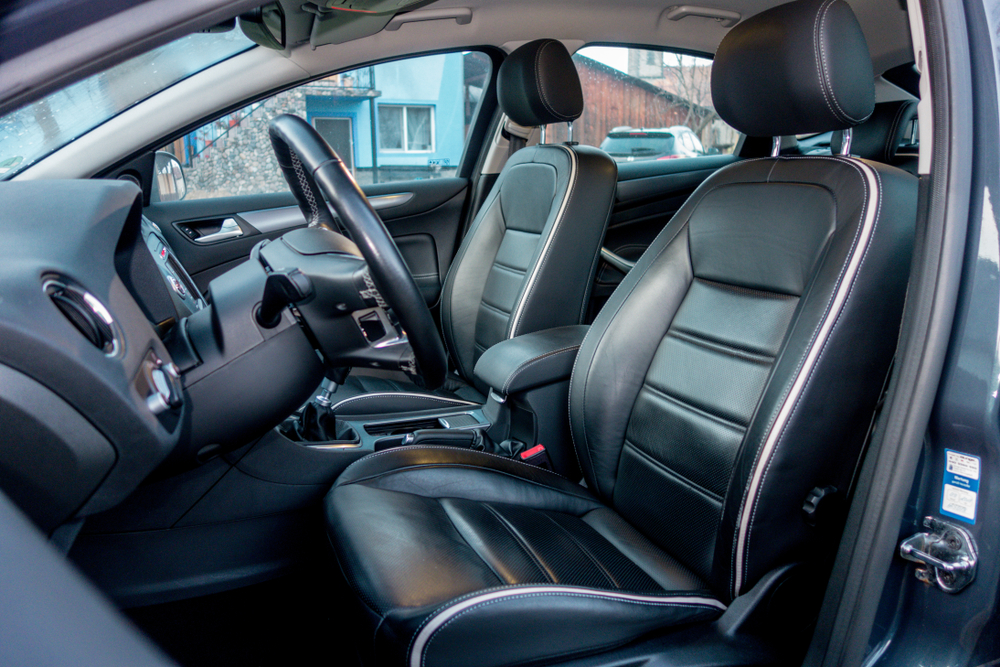
The belief that manuals are always less expensive is outdated. Today, the price difference between manuals and automatics has diminished, with some manuals even being more costly due to their rarity. The overall cost can also vary depending on the make and model of the vehicle. Simply put, choosing a manual doesn’t guarantee you’ll save money.
Automatics Get Worse Fuel Economy
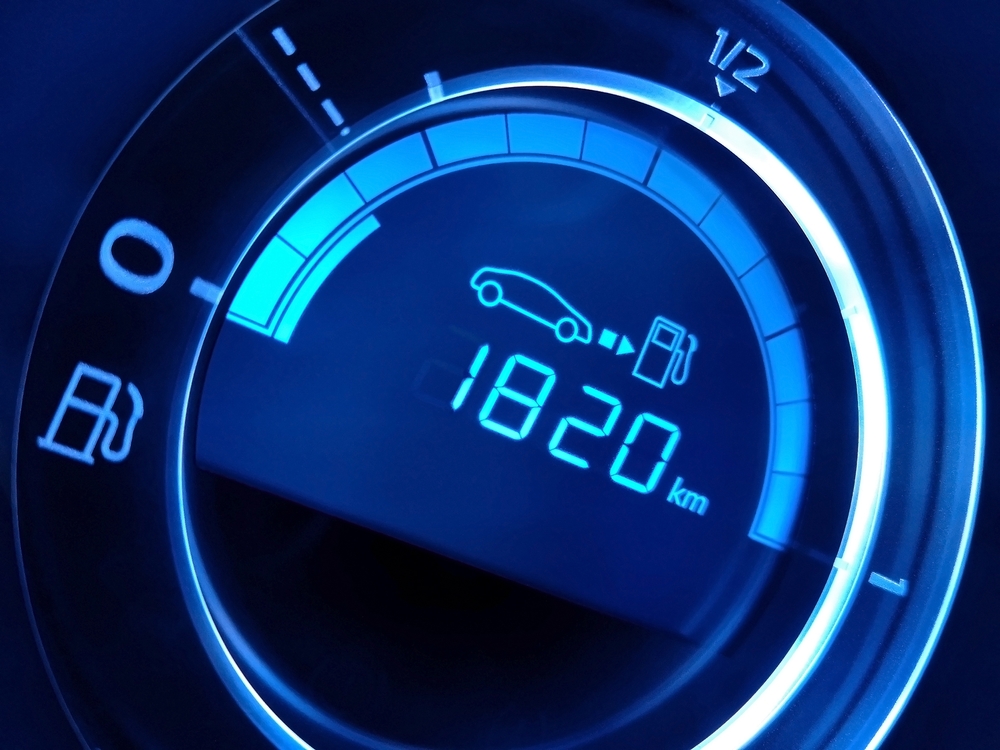
Once, it was true that automatics lagged behind in fuel efficiency, but this has changed. Modern automatics, particularly those with more gears or CVT systems, can achieve fuel efficiency that rivals or even surpasses manuals. In fact, some automatics can shift more efficiently than a human, optimizing fuel use. The old fuel economy gap is no longer a given.
Manual Transmissions Last Longer

It’s a common belief that manuals outlast automatics, but this isn’t necessarily true. With proper maintenance, today’s automatic transmissions can last just as long as manuals. Some automatics even have fewer moving parts, which can contribute to greater durability. Longevity depends more on care and maintenance than on the type of transmission.
Automatic Cars Are Always Slower
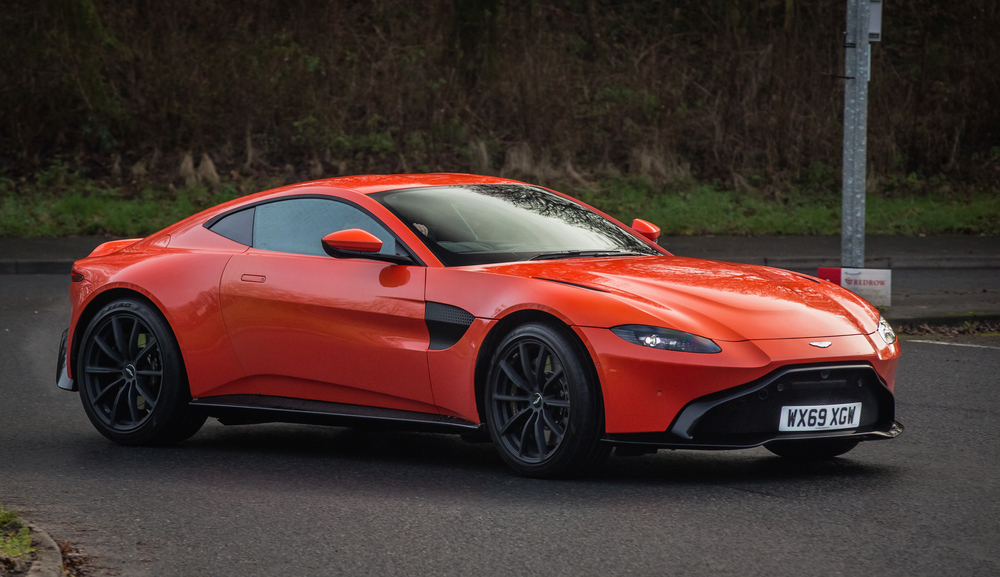
The idea that automatics are always slower is rooted in the past. Modern automatic transmissions, especially dual-clutch systems, can shift faster than any manual, leading to quicker acceleration. High-performance vehicles often come equipped with advanced automatics precisely for this reason. Therefore, it’s incorrect to assume automatics are inherently slower.
Manuals Are More Engaging to Drive

While manuals offer a hands-on experience, the notion that they are always more engaging isn’t universally accurate. Many modern automatics, particularly those with paddle shifters, provide a similarly engaging experience. For some drivers, the convenience of an automatic makes driving more enjoyable. Engagement in driving is highly subjective and varies from person to person.
Automatics Are Only for Beginners

This stereotype is far from accurate. Automatic transmissions are not just for beginners; many experienced drivers prefer them for their convenience and performance. In fact, high-end sports cars often feature automatic or semi-automatic transmissions to enhance performance. Choosing an automatic doesn’t reflect a lack of skill.
Manuals Are Always Better for Off-Roading
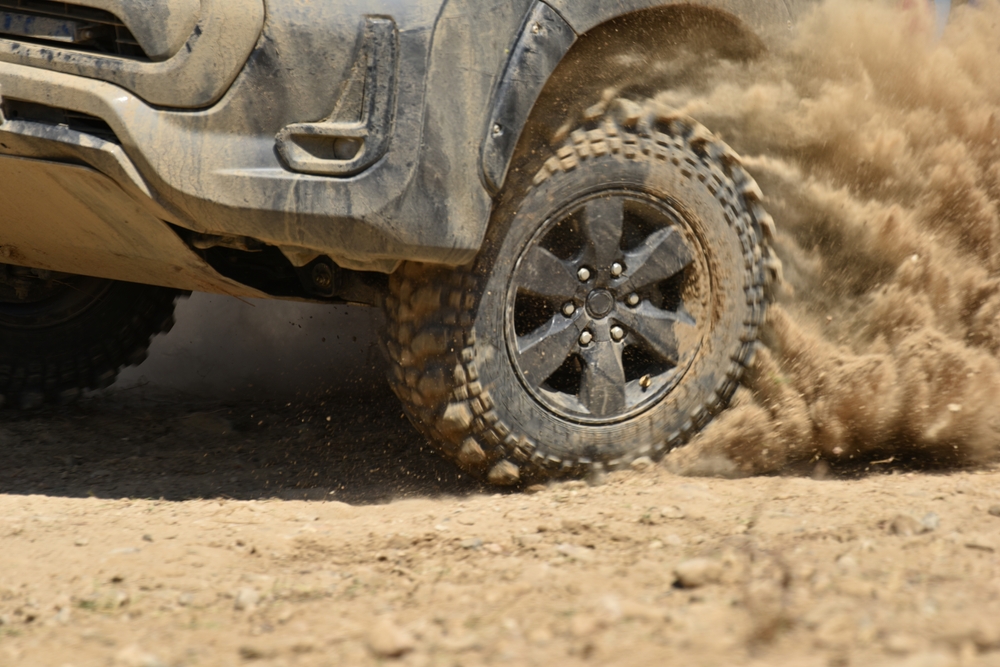
While manuals can offer more control in specific off-road situations, modern automatic SUVs are equipped with sophisticated traction control systems designed for challenging terrains. These features can make automatics easier and safer for off-roading. It’s the vehicle’s overall capability, not just the transmission, that counts most in off-road conditions.
Manuals Offer Better Control in All Situations
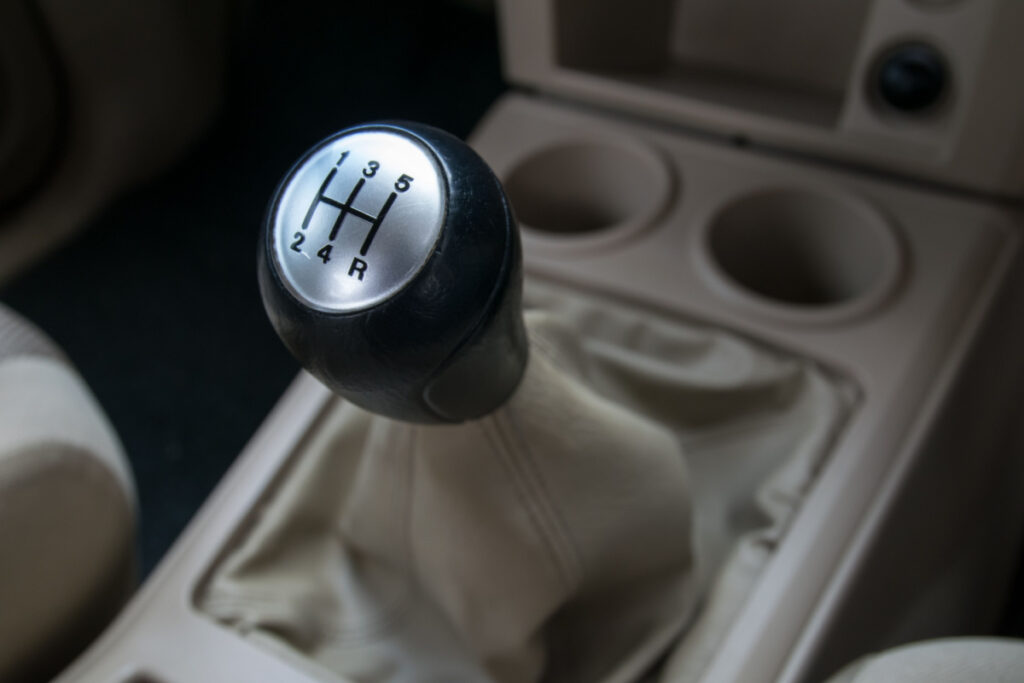
While manuals allow precise control over gear shifts, automatics have evolved with features like manual mode and adaptive shifting. These options give drivers nearly the same level of control as a manual when needed. Thus, it’s not accurate to claim that manuals always offer superior control.
Automatics Are Only for City Driving
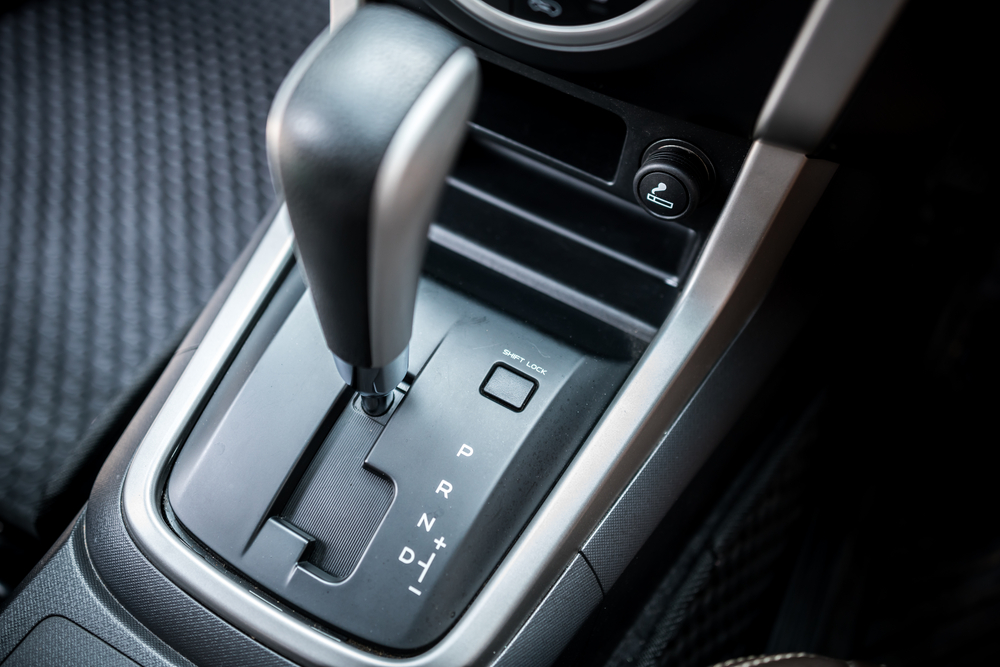
Automatics are indeed convenient for city driving, but they excel on highways and long-distance trips as well. Features like adaptive cruise control and advanced gear systems make them versatile for various driving environments. Automatics are not limited to urban areas; they are well-suited for all types of driving.
Manuals Are Always More Fun
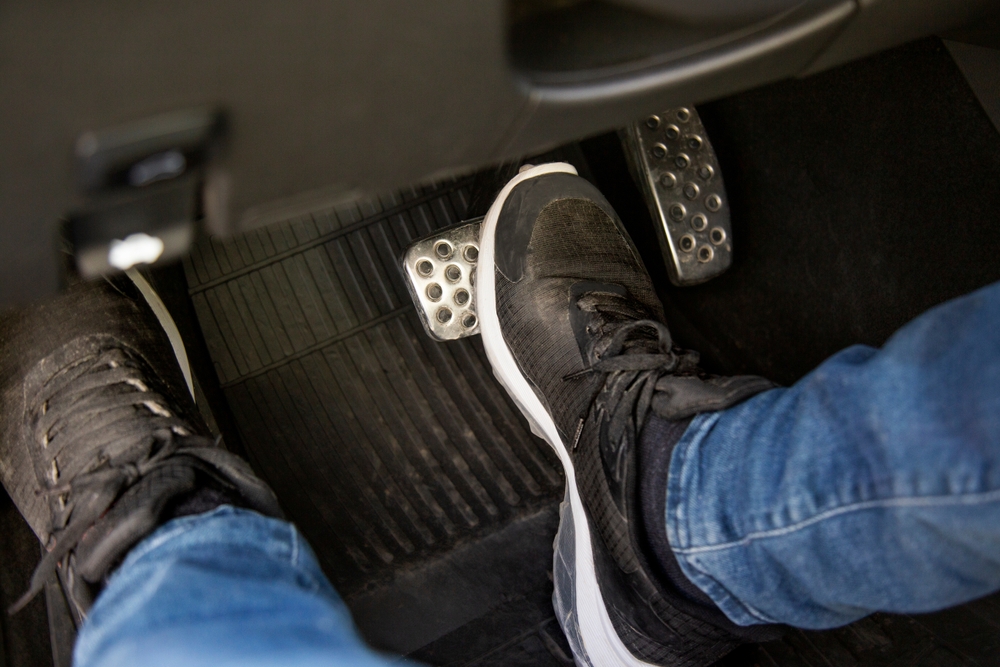
Fun is a subjective experience, and while some drivers enjoy the engagement of a manual, others find the smooth shifting of an automatic equally enjoyable. Performance automatics with features like launch control can deliver a thrilling drive. The idea that manuals are always more fun doesn’t apply to everyone.
Automatics Can’t Handle High Torque
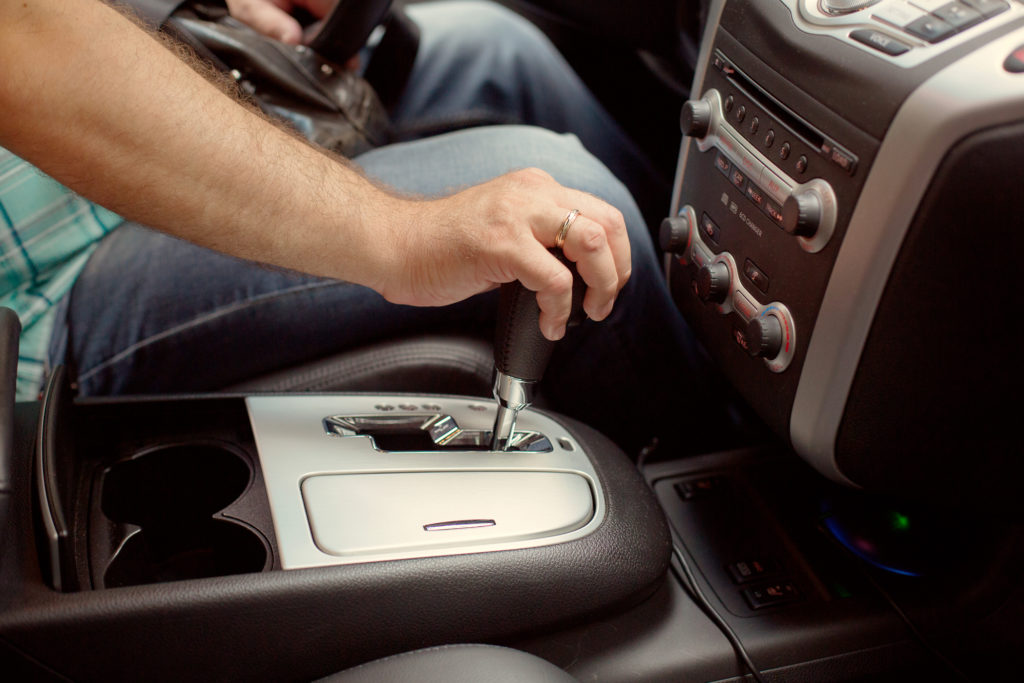
This myth dates back to older automatic designs that struggled with high torque. Today’s automatics, especially in trucks and high-performance cars, are engineered to handle significant torque loads. Many modern automatics are paired with powerful engines, proving they can manage torque just as effectively as manuals.
Automatics Are Expensive to Repair
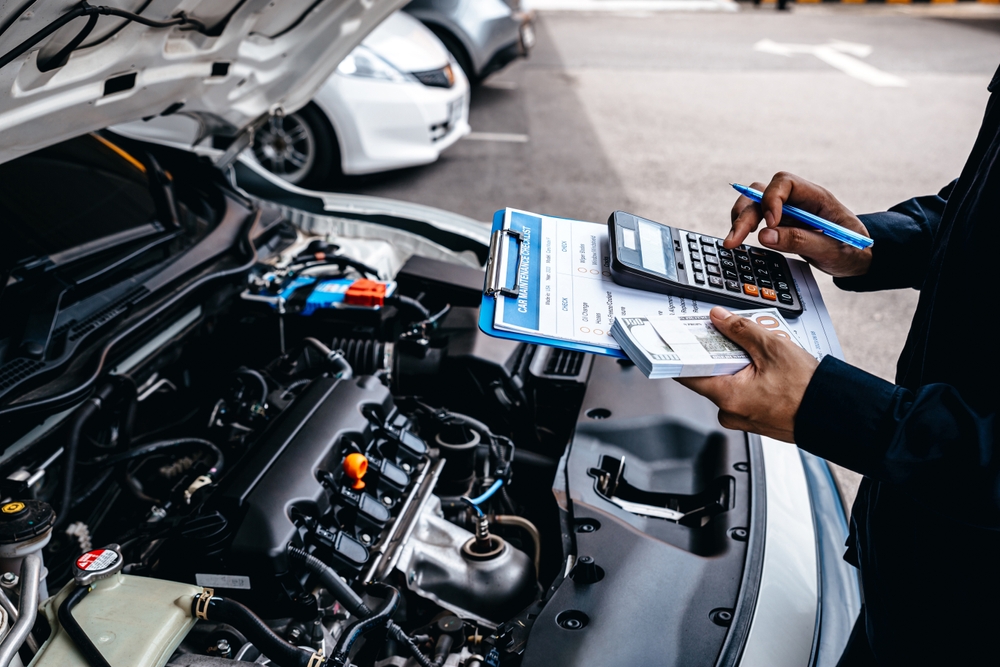
While automatic repairs can be costly, manual repairs, such as clutch replacements, can also be expensive. The cost of transmission repairs often depends on the specific issue and the vehicle model. In some cases, advanced diagnostic tools have made automatic repairs simpler and less expensive than manual repairs.
Manuals Are Always Better for Towing
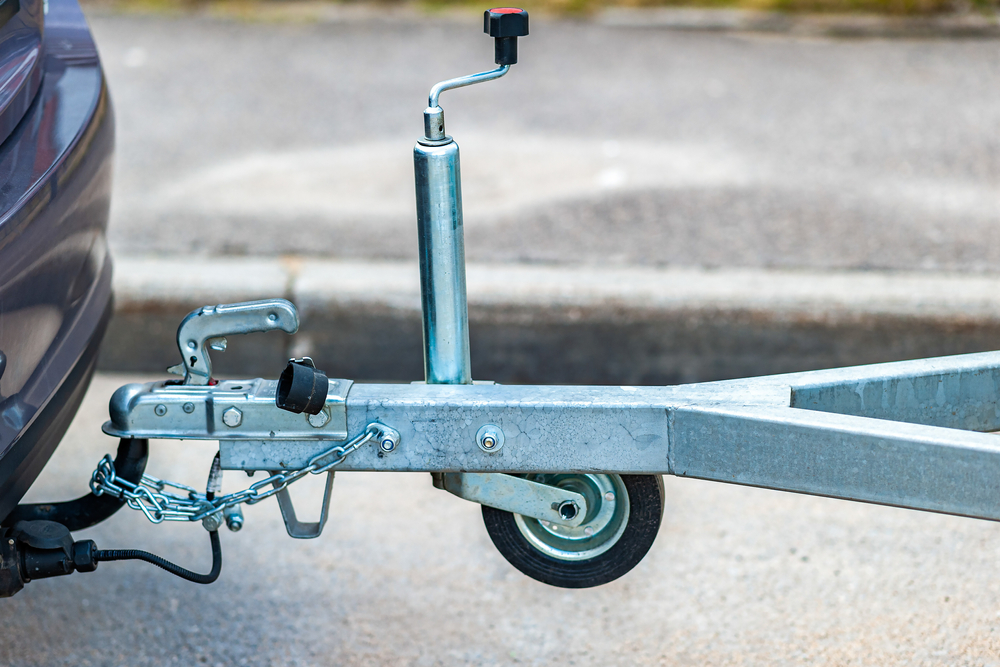
Manuals are often praised for their control during towing, but modern automatics come equipped with towing modes and advanced gear systems that make them just as capable. Automatics can optimize shifts to prevent engine strain, making them a reliable choice for towing heavy loads. The choice between manual and automatic for towing is not as clear-cut as it once was.
Manuals Are Always More Efficient in Snow
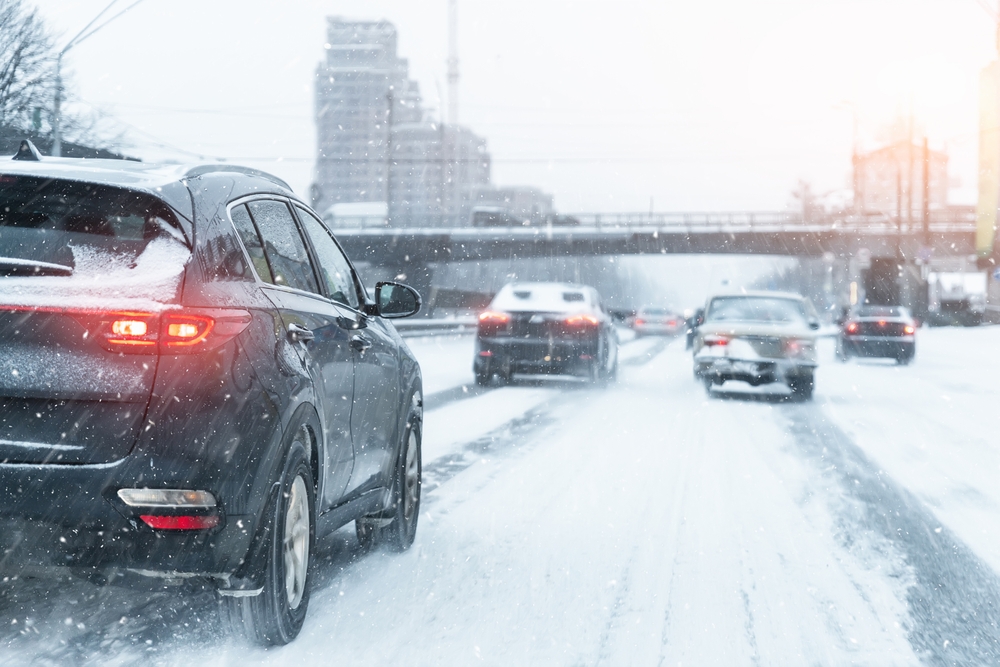
While manuals offer more control in snowy conditions, automatics equipped with all-wheel drive or traction control can be just as effective. Modern automatics adapt to various driving conditions, making them reliable for winter driving. Efficiency in snow depends on the vehicle’s overall design, not just the transmission type.
Automatics Can’t Be Used for Racing

The belief that automatics aren’t suitable for racing is outdated. Modern performance automatics, particularly dual-clutch systems, shift faster and more consistently than manuals. Many high-performance cars used in racing now feature automatic transmissions for their quick and precise shifts. Automatics have become a preferred choice in competitive racing.
Manuals Are Safer Than Automatics
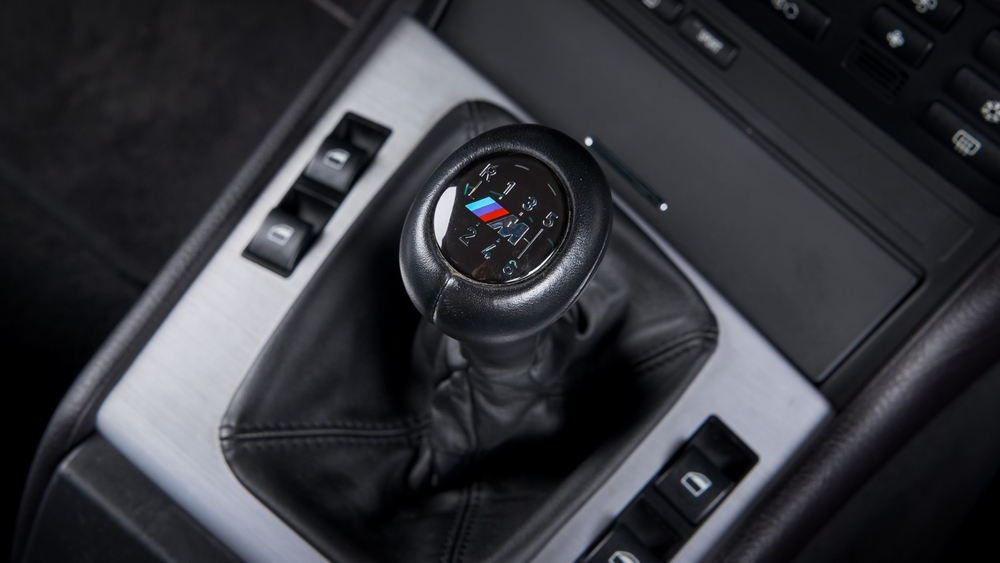
The assumption that manuals are safer is no longer valid. While manuals can engage a driver more fully, automatics are equipped with advanced safety features like adaptive cruise control and collision avoidance systems. These features can prevent accidents, making automatics just as safe, if not safer, than manuals.
This article originally appeared on MyCarMakesNoise.
More from MyCarMakesNoise
12 Rare Military Vehicles Collectors Dream About
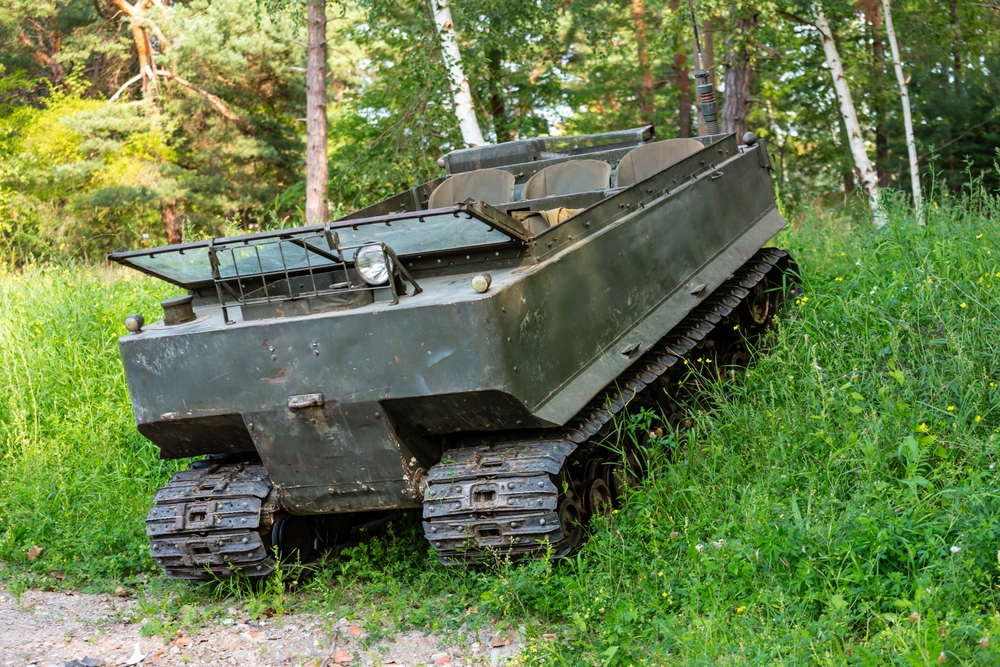
For military vehicle enthusiasts, the thrill of discovering rare and unique models is unparalleled. These collectors often dream about acquiring the most elusive and historically significant military vehicles. Read More.
15 Reliable 10-Year-Old Cars Built to Last Another Decade

Are you looking to invest in a vehicle that stands the test of time? Our roundup of 10-year-old cars proves that age is just a number when it comes to reliability and durability. Read More.
15 Unreliable Car Brands with High Breakdown Rates

When shopping for a new car, reliability is as crucial as the aesthetic appeal or the features it offers. However, not all vehicles are created equal in this regard. Some brands are notorious for their frequent breakdowns and high maintenance costs, potentially doubling the trouble for their owners compared to the average vehicle. Read More.



